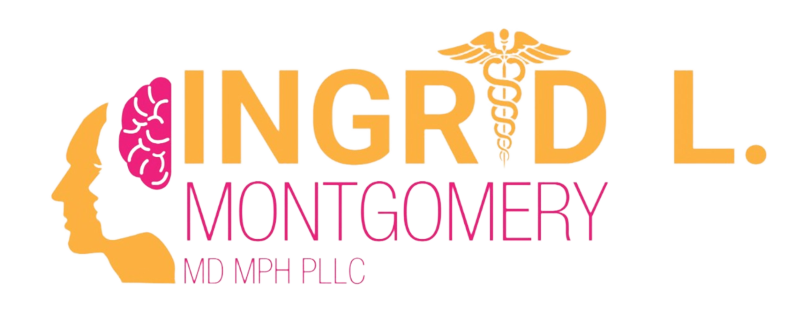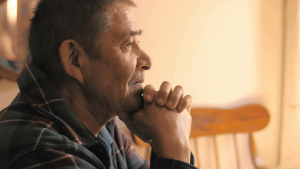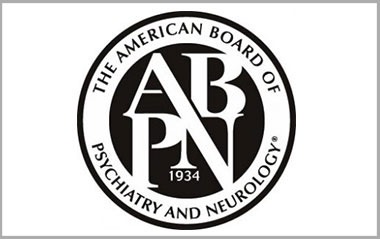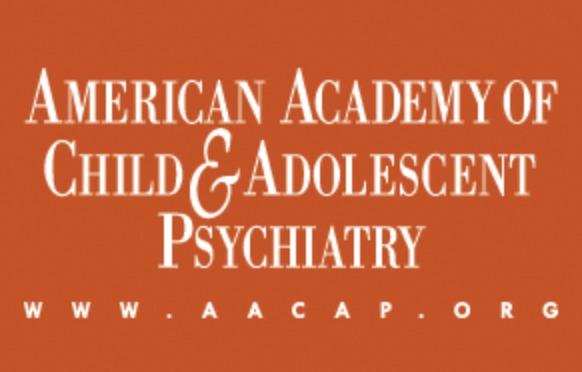PRIDE MONTH

Here are some ways parents can provide support:
• Open and accepting communication: Create a safe and non-judgmental space for your teenager to express their feelings, concerns, and experiences. Let them know that you love and support them unconditionally.
• Educate yourself: Take the initiative to educate yourself about LGBTQ+ identities, experiences, and challenges. This will help you better understand your teenager’s perspective and be a more informed and supportive parent.
• Validate their feelings: It’s essential to validate your teenager’s emotions and experiences. Show empathy and understanding, even if you may not fully grasp their journey. Let them know that their feelings are valid and that you are there to listen.
• Seek professional support: Consider finding a therapist or counselor who specializes in LGBTQ+ issues. A mental health professional can provide your teenager with a safe and confidential space to discuss their concerns and receive appropriate guidance and support.
• Connect with LGBTQ+ communities: Encourage your teenager to connect with supportive LGBTQ+ communities, either online or in person. These communities can provide a sense of belonging and support from peers who share similar experiences.
• Advocate for their rights: Stand up for your teenager’s rights and well-being. This includes advocating for LGBTQ+-inclusive policies and resources in schools and communities. Be an ally and fight against discrimination and stigma.
• Respect privacy and confidentiality: Recognize that coming out is a personal process, and your teenager may choose to disclose their sexual orientation or gender identity at their own pace. Respect their privacy and confidentiality, and avoid sharing their personal information without their consent.
• Encourage self-care and self-acceptance: Help your teenager develop healthy coping mechanisms and self-care practices. Encourage activities that promote self-acceptance, such as journaling, art, exercise, or engaging in hobbies that they enjoy.
• Be mindful of mental health warning signs: Pay attention to any signs of mental health struggles, such as withdrawal, sudden changes in behavior, mood swings, or loss of interest in previously enjoyed activities. If you notice concerning signs, seek professional help promptly.
The LGBTQ+ community is made up of individuals with diverse identities, experiences, and preferences.
Here are some common terms used for identification in the LGBTQ+ community:
• Lesbian: A woman who is attracted to other women.
• Gay: A term used to describe individuals who are attracted to the same gender. It is often used to refer to men who are attracted to other men, but can also be used more broadly to refer to all individuals who are attracted to the same gender.
• Bisexual: An individual who is attracted to both men and women.
• Transgender: A person whose gender identity is different from the sex they were assigned at birth. For example, a person who was assigned male at birth but identifies as female.
• Queer: A term that is used by some individuals as an umbrella term for the LGBTQ+ community. It can also be used to describe someone who does not identify as heterosexual.
• Intersex: An individual who is born with a combination of male and female physical characteristics.
• Asexual: An individual who does not experience sexual attraction.
• Pansexual: An individual who is attracted to people of all genders and gender identities.
• Non-binary: An individual who does not identify as exclusively male or female. Some non-binary individuals identify as both male and female, while others may identify as neither.
• Two-Spirit: A term used by some Indigenous communities to describe individuals who identify as having both a masculine and feminine spirit.














